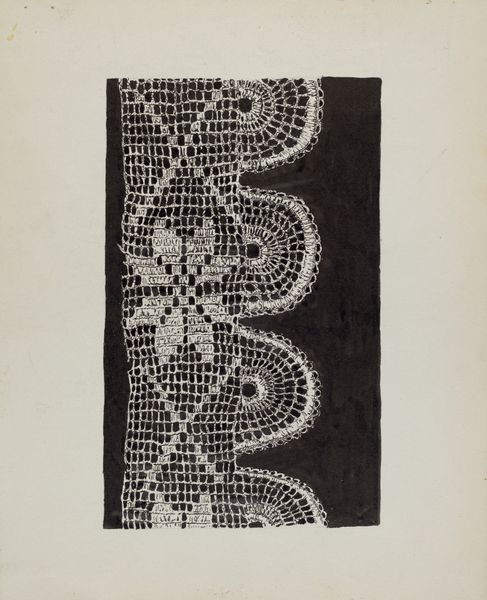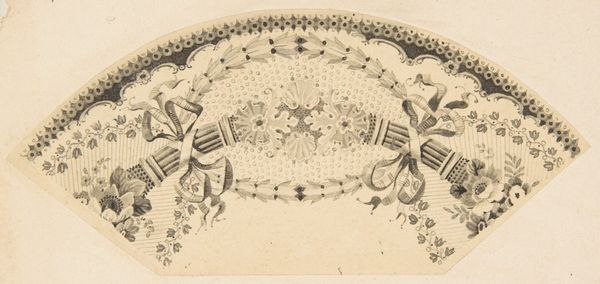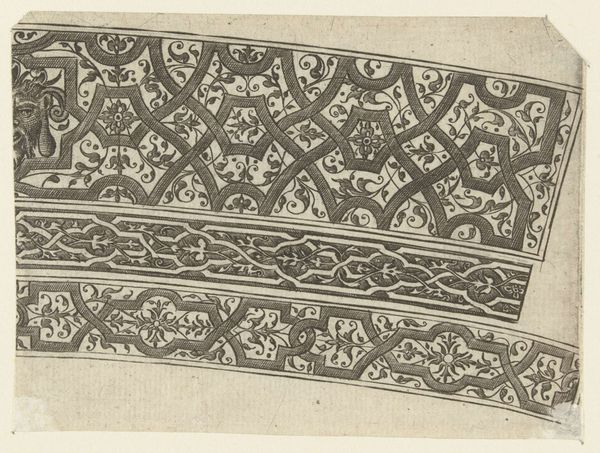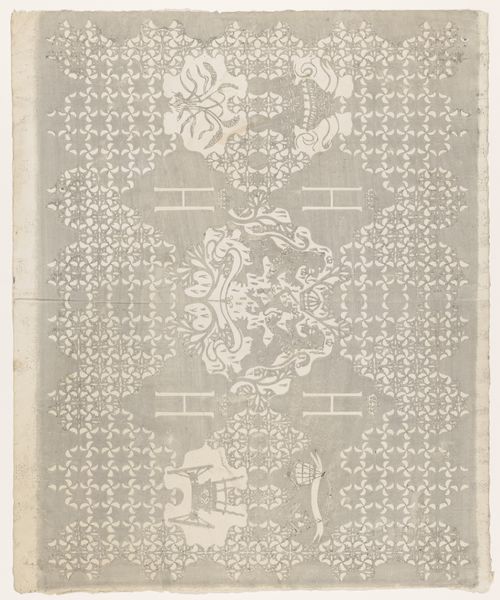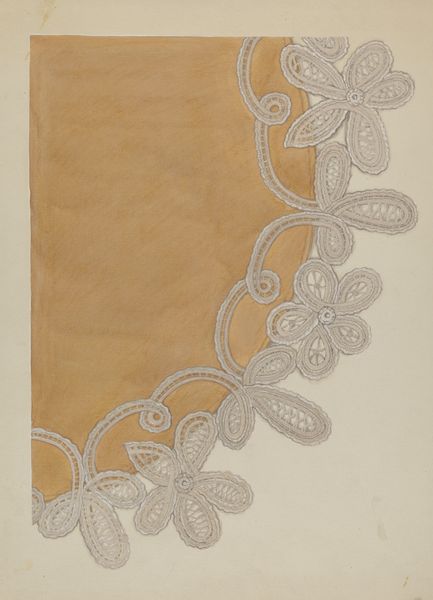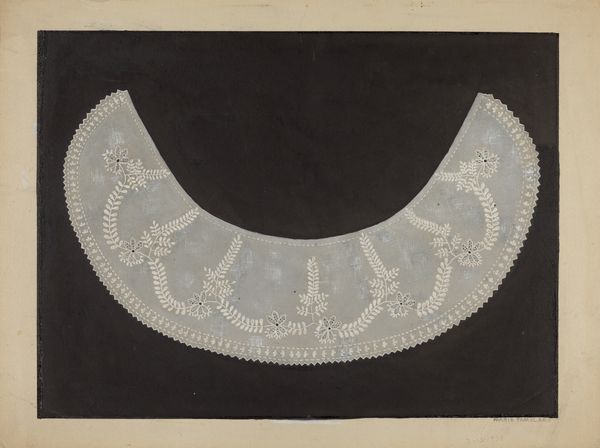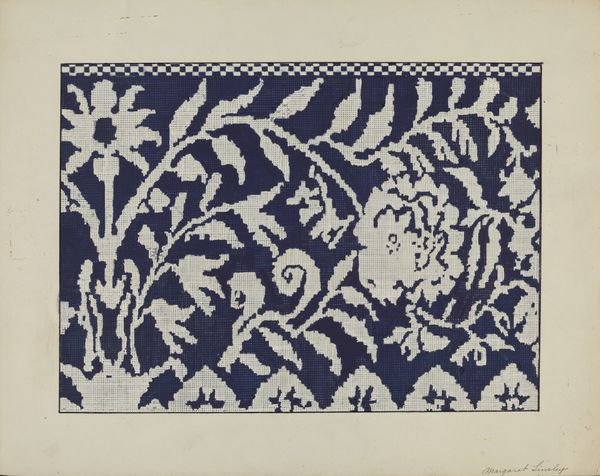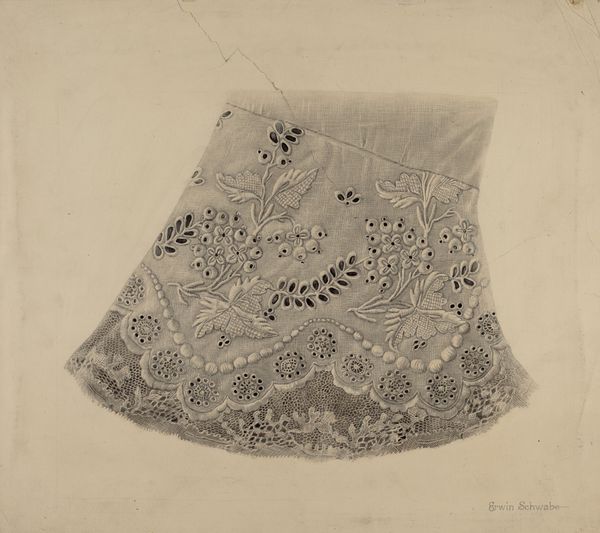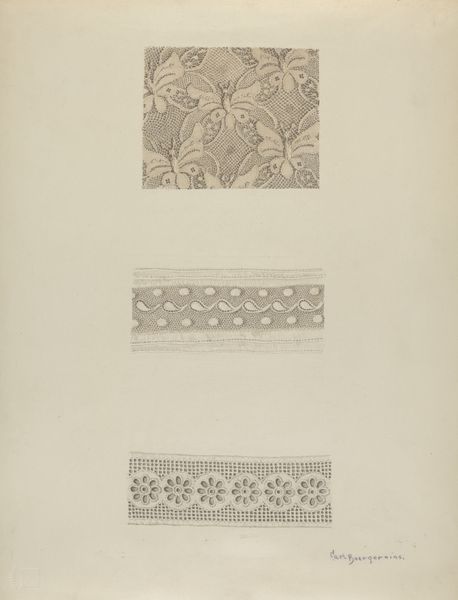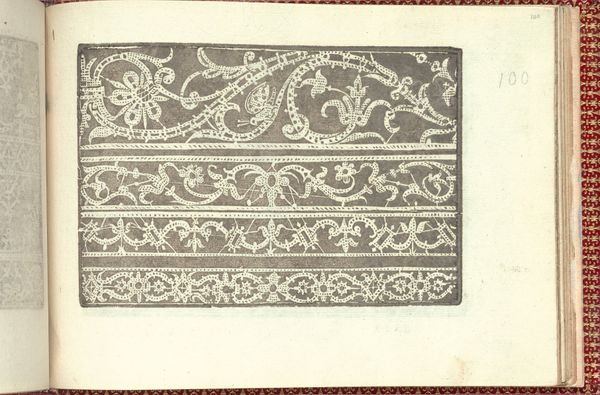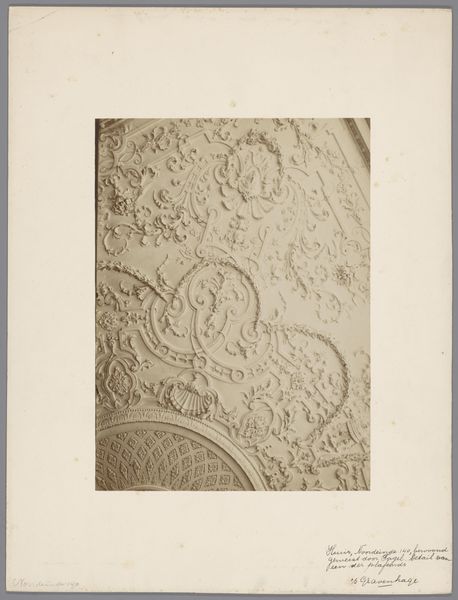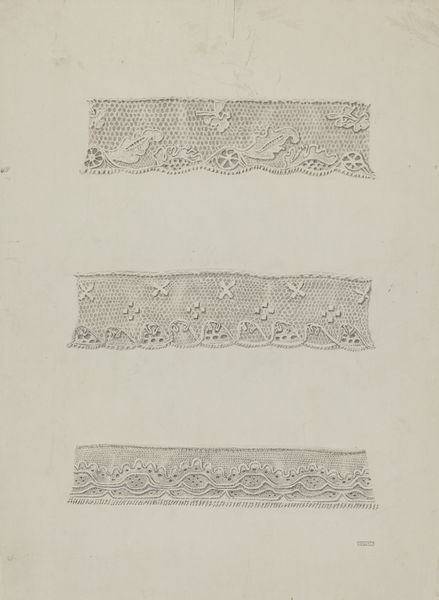
collage, print, textile, paper, photography
#
16_19th-century
#
collage
# print
#
textile
#
paper
#
photography
#
england
Dimensions: 18.4 × 11.1 cm (image/paper)
Copyright: Public Domain
Editor: Here we have "Two Scraps of Lace," created around 1838 to 1842 by William Henry Fox Talbot. It combines photography, collage, and printmaking with paper and textile. The delicacy of the lace is striking, but the photographic print lends it a strange sense of detachment. What catches your eye in this piece? Curator: The formal properties are indeed fascinating. Note the tonal range, the subtle gradations in light achieved through Talbot’s photographic process. How do the textures—the coarse paper juxtaposed with the fine weave of the lace—create a visual dialogue? Editor: They are contrasting textures, aren’t they? The roughness of the paper sort of enhances the fineness of the lace. Curator: Precisely. Consider also the composition. The arrangement of the lace fragments on the page – not quite symmetrical, yet balanced. What does this asymmetry evoke? Is it simply an aesthetic choice, or could it represent something more? A disruption? A fragment of a larger whole? Editor: I hadn’t thought about that, I was mostly drawn to how the lace looks almost suspended in the print. Maybe it's about the ephemeral nature of beauty? Curator: The photographic medium itself introduces temporality, capturing a fleeting moment. And what about the very act of isolating these fragments of lace? The artist’s choice to elevate them through photography shifts their function and symbolic value. It transcends its original use. Editor: I see what you mean! By focusing on the composition and material, it really brings out the complexity of something that seems quite simple. Curator: Exactly. The intrinsic elements invite inquiry and unravel layered interpretations.
Comments
No comments
Be the first to comment and join the conversation on the ultimate creative platform.
